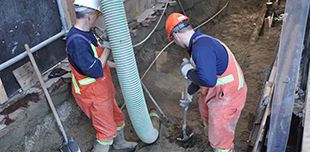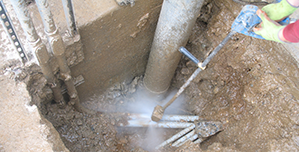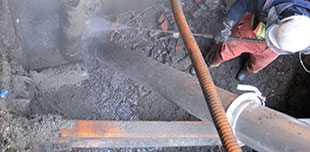Restaurants, cafeterias, and fast food chains usually have efficient plumbing systems that allow easy disposal of waste products. However, the excessive amount of oil and grease that come from all the frying, dish washing and cleaning can clog up the drain and hinder the flow of wastes in the plumbing system.
A Social Responsibility
When hardened grease and oil obstruct water flow in the drainage system, the whole municipal sewer could get affected. Clogged drains block water from flowing freely. With water stuck within the system, the possibility of flooding or sewage backup is higher. This creates a domino effect—when one system is congested, all the others are likely to follow.
Many homes and businesses are going to be affected, which means everyone else will have to clean up their drainage systems. That does not only cost a lot of money, but it brings a lot of headache as well. Food establishments should have an efficient grease trap installed within their business premises to ensure that sewer lines are not plugged. A grease trap is a chambered box that filters out oil and grease. Ensuring that all plumbing lines are clear is a social responsibility that everyone must share to prevent nuisances from happening.
Grease Trap Installation and Cleaning Frequency
All food establishments are required to have grease traps installed within their premises. Households and businesses with Waste Discharge Permits are exempted from the rule.
The size of the grease trap of interceptor varies according to the discharge rate of each establishment. Automatic dishwashers, exhaust hoods and pre-rinse sinks can all be connected to a grease trap to prevent blubber from blocking the drainage pipes.
The number of clean-outs required depends on how big the interceptor is. A 75-gallon grease trap should be cleaned every two weeks. Although a bigger grease interceptor is more expensive, it makes sense to install a sizable one to catch all grease from the kitchen.








